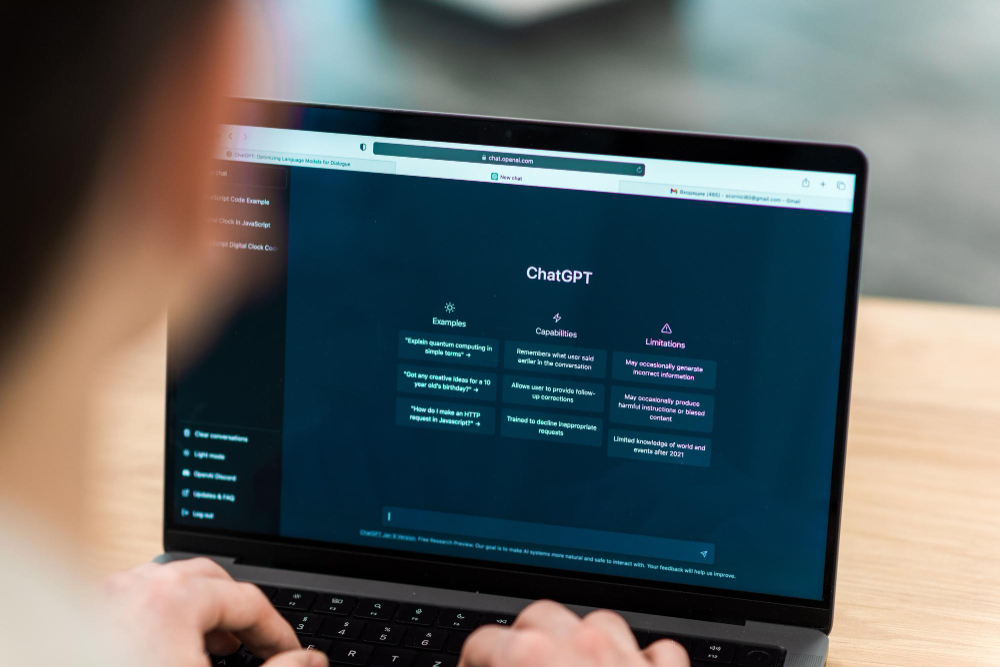Table of Contents
- How curiosity drives exploration and innovation.
- The Role of Educators
- Leveraging Digital Tools
- Examples of interactive and immersive learning platforms
- Integrating technology to personalize learning experiences
- Engaging Parents and Guardians
- Building a Curiosity Culture
- Addressing Challenges and Barriers
- Conclusion
Curiosity isn't just a fleeting feeling; it's the spark that ignites the fire of learning. Classrooms buzz with excitement as students eagerly explore new ideas, ask questions, and dive deep into their studies. This is the magic of curiosity at work. But how do we cultivate this magic in our classrooms and educational communities?
In this article, we'll embark on a journey to uncover the power of curiosity in education. No matter which part of the diverse educational ecosystem you’re in, you play a vital role in nurturing curiosity.
Together, we'll explore why the culture of curiosity is so important, and how each of us can contribute to creating an atmosphere where it thrives.
How curiosity drives exploration and innovation.
Curiosity is the driving force behind human exploration and innovation, propelling us to seek new knowledge, challenge boundaries, and push the limits of what's possible. Think back to some of the greatest discoveries and breakthroughs in history – from the invention of the wheel to space exploration – and you'll find curiosity at the heart of each endeavor.
When we're curious, we're motivated to explore the unknown, to ask questions, and to seek answers. It's this insatiable thirst for knowledge that leads us to venture into uncharted territory, whether it's in the realms of science, technology, art, or society.
Consider the story of Marie Curie, whose relentless curiosity about the properties of radioactive elements led to groundbreaking discoveries in the field of physics and chemistry.
Despite facing numerous challenges and setbacks, Curie's unwavering curiosity drove her to explore the mysteries of the natural world, ultimately revolutionizing our understanding of atomic structure and paving the way for advancements in medicine and technology.
By harnessing the power of curiosity, we can inspire the next generation of thinkers, creators, and changemakers to shape a brighter future for us all.
The Role of Educators
Educators play a pivotal role in cultivating curiosity within their classrooms and guiding students on their journey of discovery. Here's how:
Cultivating curiosity through teaching methods and classroom activities: Educators can design engaging lessons that stimulate curiosity by incorporating real-world examples, hands-on activities, and open-ended questions. By fostering an environment where students feel encouraged to ask questions and explore new ideas, educators lay the foundation for curiosity to flourish.
Encouraging inquiry-based learning and critical thinking: Rather than simply imparting knowledge, educators can encourage students to think critically and independently by posing thought-provoking questions and guiding them through the process of inquiry.
This approach not only deepens understanding but also instills a sense of curiosity and a desire to seek answers.
Leveraging technology to enhance curiosity in the classroom: In today's digital age, educators have access to a vast array of technological tools and resources that can spark curiosity and facilitate learning.
From interactive simulations to online research platforms, technology can be used to create immersive learning experiences that captivate students' interest and inspire curiosity.
Leveraging Digital Tools
In our increasingly digital world, educators have a wealth of resources at their fingertips to enhance curiosity and engagement in the classroom. From educational apps to multimedia resources, there is a wide range of digital tools available to educators.
These tools can be used to create interactive lessons, provide personalized learning experiences, and facilitate collaboration among students.
Examples of interactive and immersive learning platforms
Platforms such as Khan Academy, Quizlet, and Google Classroom offer interactive features that cater to diverse learning styles and interests. Virtual reality (VR) and augmented reality (AR) tools can also transport students to different environments and scenarios, sparking their curiosity and imagination.
Integrating technology to personalize learning experiences
Digital tools enable educators to tailor instruction to meet the unique needs and interests of each student. Adaptive learning platforms, for example, can adjust the difficulty level of assignments based on students' progress, ensuring that they are appropriately challenged and engaged.
By harnessing the power of digital tools, educators can create dynamic learning experiences that captivate students' curiosity, foster collaboration, and prepare them for success in an increasingly digital world.
Engaging Parents and Guardians
Parents and guardians play a crucial role in supporting and nurturing curiosity outside the classroom.
Research shows that parental involvement in education has a significant impact on students' academic success and overall well-being. By actively engaging parents in their child's learning journey, educators can create a supportive environment where curiosity can thrive.
Educators can provide parents with resources and guidance on how to foster curiosity in everyday activities at home. Encouraging parents to ask open-ended questions, explore new hobbies with their children, and create a culture of inquiry and exploration can help cultivate curiosity outside the classroom.
Furthermore, collaboration between educators and families is key to creating a cohesive support system for students. Hosting parent-teacher conferences, workshops, and family engagement events can facilitate communication and strengthen relationships between educators and families, ultimately benefiting students' learning experiences.
By involving parents and guardians in their children's education and providing them with the tools and support they need to foster curiosity at home, educators can create a holistic approach to nurturing curiosity that extends beyond the classroom walls.
Building a Curiosity Culture
Creating a curiosity culture within educational communities is essential for fostering a love of learning and exploration. Here's how we can cultivate such a culture:
Create a supportive and inclusive learning community: Educators can foster a sense of belonging and acceptance within their classrooms by creating a safe space where students feel comfortable expressing their curiosity and asking questions. Emphasizing respect for diverse perspectives and encouraging collaboration can help cultivate a positive learning environment.
Foster a growth mindset and resilience: A growth mindset is essential for nurturing curiosity and promoting a willingness to embrace challenges and learn from failure. Educators can encourage students to adopt a growth mindset by praising effort and persistence rather than innate ability, and by providing opportunities for reflection and growth.
Celebrating curiosity and its impact on lifelong learning: Recognizing and celebrating curiosity in all its forms can help reinforce its importance and inspire students to continue seeking knowledge and exploring new ideas throughout their lives. From showcasing student projects to inviting guest speakers who embody curiosity, educators can highlight the value of curiosity-driven learning.
By fostering a curiosity culture that values inquiry, exploration, and lifelong learning, educators can empower students to become active participants in their own education and equip them with the skills and mindset they need to thrive in an ever-changing world.
Addressing Challenges and Barriers
While cultivating a culture of curiosity is paramount for educational success, there are challenges and barriers that educators may encounter along the way. Here's how we can address them:
Identifying common obstacles to fostering curiosity: Recognizing the barriers that may hinder curiosity, such as standardized testing pressures, time constraints, and resource limitations, is the first step toward overcoming them.
By understanding these challenges, educators can develop strategies to mitigate their impact on student engagement and curiosity.
Strategies for overcoming resistance to change: Resistance to change is natural, but it can impede efforts to foster curiosity and innovation in education.
Educators can address resistance by providing professional development opportunities and demonstrating the value of curiosity-driven learning through tangible outcomes and success stories.
Promoting equity and inclusion in access to curiosity-driven learning: Ensuring that all students have equal opportunities to engage in curiosity-driven learning is essential for creating a truly inclusive educational environment.
Educators can address disparities in access by providing access to resources and support services, fostering a culture of diversity and inclusion, and actively advocating for policies that promote equity in education.
Conclusion
Cultivating a culture of curiosity in educational communities is not only essential for academic success but also for fostering a lifelong love of learning and exploration.
As we've explored throughout this article, curiosity is the driving force behind human progress, propelling us to seek new knowledge, challenge boundaries, and push the limits of what's possible.
This is the ideal time to commit to nurturing curiosity in our classrooms, homes, and communities, celebrating its importance, and embracing its potential to transform education and society as a whole.

































Comments are closed.